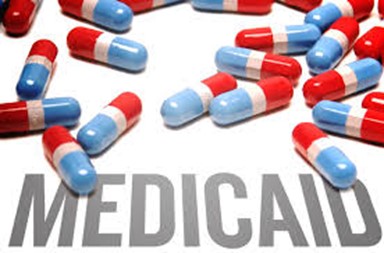The Centers for Medicare & Medicaid Services (CMS) issued the Covered Outpatient Drugs final rule with comment on January 21, 2016. The rule addresses important areas of Medicaid drug reimbursement, as well as some of the changes that were made to the Medicaid Drug Rebate Program by the Affordable Care Act. This final rule also requests comments on the definition of line extension, and that comment period expires on April 1, 2016.
This rule attempts to assist states and the federal government in managing drug costs and establishing a long-term framework for implementing the Medicaid drug rebate program.
Managing Drug Costs
While the Affordable Care Act increased the Medicaid rebates that are paid to the federal and state governments, this final rule went a step further in an attempt to ensure that the federal and state governments will save money in managing Medicare costs over the long term. One of those steps the final rule took was to create a regulatory definition for Average Manufacturer Price (AMP). The AMP is a key metric in the Medicaid drug rebate program, determining manufacturer rebates and pharmacy reimbursement for certain generic drugs that are subject to the Federal Upper Limit (FUL).
The new definition of AMP for inhalation, infusion, instilled, implanted, or injectable drugs (5i drugs) will permit states to collect additional rebates on more expensive infused and injected drugs. Some of these 5i drugs are a constantly increasing expense to the Medicaid program and are not commonly dispensed through a retail community pharmacy.
The final rule also creates an incentive for pharmacies to utilize generic drugs by updating the FUL formula for the payment of certain generic drugs. The rule also implements the Affordable Care Act provision that extended rebates to covered outpatient drugs provided to beneficiaries that are enrolled in Medicaid managed care organizations.
Lastly, the final rule expanded the definition of “states” to include United States territories so that territories like Puerto Rico and Guam can receive savings in their drug expenditures.
Sustain Medicaid Drug Rebate Program
The final rule attempts to clarify many of the changes that were made to the Medicaid Drug Rebate Program under the Affordable Care Act and provides pharmaceutical manufacturers with clear regulatory guidance to help calculate and report drug product and pricing information.
In addition to clarifying the definition of what is considered a manufacturer’s “best price” and aligning that definition with the definition of AMP, the final rule clarifies the definitions of Retail Community Pharmacy and Wholesaler in determining AMP.
Pharmacy Reimbursement System
The final rule also attempts to align pharmacy reimbursement with the acquisition cost of drugs and work to ensure that the states pay an “appropriate” professional dispensing fee.
The final rule also creates an exception to the FUL calculation, allowing for the use of a higher multiplier than 175% for certain multiple source drugs, and establishes actual acquisition cost (AAC) as the basis by which states determine their ingredient cost reimbursement. One of the impetuses behind AAC being the ingredient cost reimbursement basis is so that payments are “based on a more accurate estimate of the prices available in the marketplace.”
In addition, a professional dispensing fee will be initiated so that the dispensing fee paid to pharmacies reflects the cost of the pharmacist’s professional services and cost to dispense the pharmaceutical product to a Medicaid beneficiary.
Comments Sought After
While most portions of the rule are considered final, as previously mentioned, CMS is still considering comments received on the definition of line extension. For the time being, manufacturers should rely on the statutory definition of line extension found at 1927(c)(2)(C) of the Act, and are permitted to use reasonable assumptions in determining whether their drugs qualify as a line extension drug.
While the definition of line extension is not yet solidified in the final rule, CMS did finalize two aspects of the line extension provision: specifying the rebate calculation requirements and requiring the alternative rebate be calculated if there is a corporate relationship between the manufacturer of the line extension drug and the manufacturer of the initial brand name listed drug.

